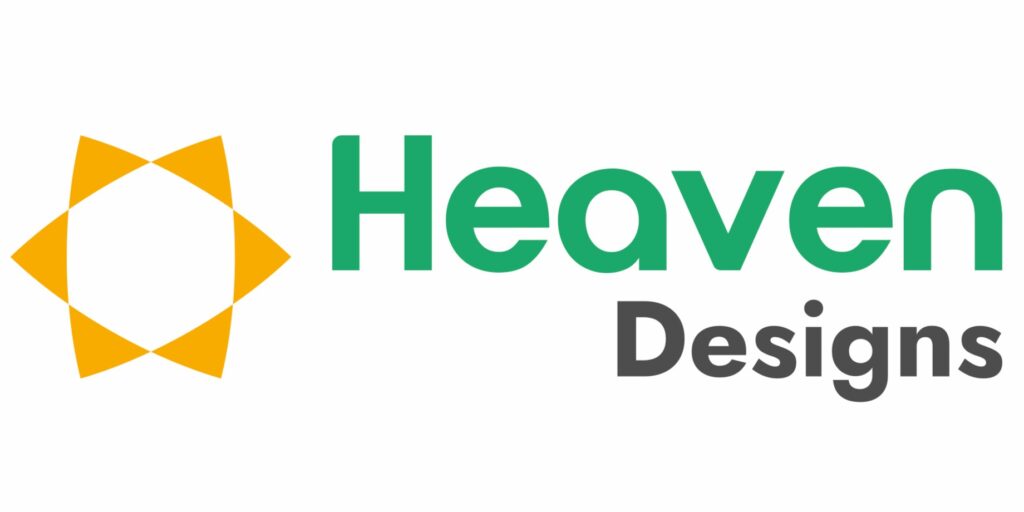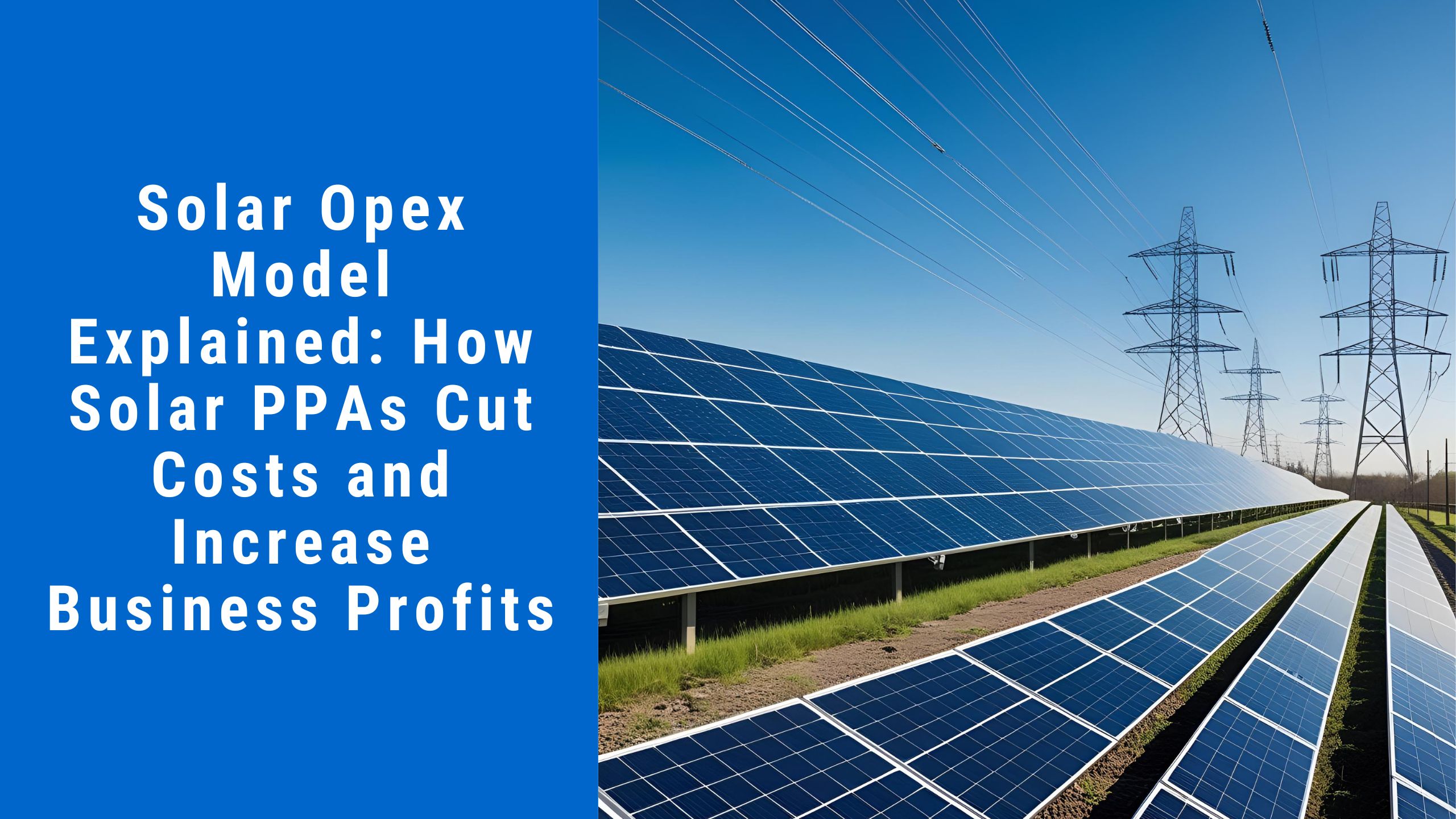For many businesses, switching to solar energy feels like a smart move until they see the initial price tag. The Opex model for solar power changes this equation entirely. By turning solar energy into a monthly operational expense instead of a one-time capital purchase, it removes the biggest barrier to entry: the upfront cost.
When paired with a Solar Power Purchase Agreement (PPA), the model not only trims your electricity bills but also creates a predictable, long-term energy plan. Let’s break down how it works, what benefits it offers, and why more companies are adopting it.
What is the Solar Opex Model?
Under the Solar Opex model:
- A solar provider installs, owns, and manages the system at your site.
- Your business buys the electricity generated at an agreed rate, often below the current utility tariff.
- You pay only for the actual power you use, no asset purchase, no equipment headaches.
This arrangement shifts both the cost and risk of ownership away from your business while giving you access to cleaner, cheaper power.
Understanding Solar PPAs
A Solar PPA is a contract that sets the terms for buying solar electricity from the provider.
Here’s what it typically includes:
- Duration: Often between 10 and 25 years.
- Pricing: A fixed or gently rising tariff for solar power.
- Responsibilities: The provider handles installation, performance monitoring, and maintenance.
- Billing: Charges are based on the electricity the system produces for your business.
The idea is simple—you get solar energy without the financial or operational burden of owning the system.
How the Opex Model Helps You Save
- No Upfront Capital: The traditional Capex route demands a large investment in panels, inverters, and installation. With the Opex model, you skip these costs entirely, freeing up cash for other priorities.
- Lower Energy Rates: PPA tariffs can be significantly cheaper than utility rates. For example, paying ₹4.50/unit instead of ₹7/unit creates immediate savings.
- Price Stability: PPAs often lock in rates for years, protecting you from sudden electricity price spikes.
- No Maintenance Bills: All upkeep, repairs, and system monitoring are the provider’s responsibility—meaning no surprise expenses.
How It Can Grow Your Revenue
While most people focus on cost savings, the Opex model can indirectly support revenue growth:
- More Capital for Expansion: Money that would have been tied up in solar equipment can instead go toward marketing, hiring, or scaling operations.
- Stronger Brand Appeal: Sustainability sells. Customers and partners increasingly prefer businesses that operate with a lower carbon footprint.
- Access to Green Contracts: Some clients—especially in government or corporate sectors—require vendors to meet environmental standards. Solar adoption can help you qualify.
- Predictable Overheads: Stable energy pricing allows you to set competitive prices for your own products or services without worrying about fluctuating costs.
A Real Example from India
Take Acme Solar’s 300 MW project in Rajasthan under a 25-year PPA with SECI. With a tariff of ₹3.05/unit and waived transmission charges, the off-taker secures low-cost, clean energy for decades. This deal shows how the right PPA can create both immediate savings and long-term cost certainty.
Also read: Top 5 Largest Solar Power Plants of The World
Advantages of the Opex Model
- No Capital Outlay: Keep your funds free for core operations.
- Immediate Savings: Lower cost per unit than grid power.
- Scalability: Expand your solar capacity without fresh investment.
- Hands-Off Operation: Provider handles all technical aspects.
- Energy Security: Locked-in rates guard against market volatility.
- Sustainability Impact: Boost your ESG score and public image.
Things to Keep in Mind
- Long Commitments: You’ll be tied to the contract for its full term.
- No Asset Ownership: You won’t benefit from tax credits or depreciation.
- Provider Reliability: Choose a company with a solid track record to avoid supply issues.
Is the Opex Model Right for You?
It’s a strong option if:
- You want solar without a big upfront spend.
- You have steady power needs year-round.
- You’re looking for stable, lower electricity costs.
- You want the sustainability benefits without managing the system.
Getting Started
- Review your energy use over the past year.
- Shortlist reputable solar providers.
- Compare PPA offers against your current tariff.
- Negotiate escalation rates and service terms.
- Plan for potential capacity increases in the future.
Conclusion
The Solar Opex model, backed by a well-structured PPA, offers a way to lower costs, stabilize expenses, and strengthen your brand’s sustainability profile all without tying up your capital. In markets like India, where solar adoption is growing fast and policies are favorable, it’s a practical and strategic move for forward-looking businesses.


